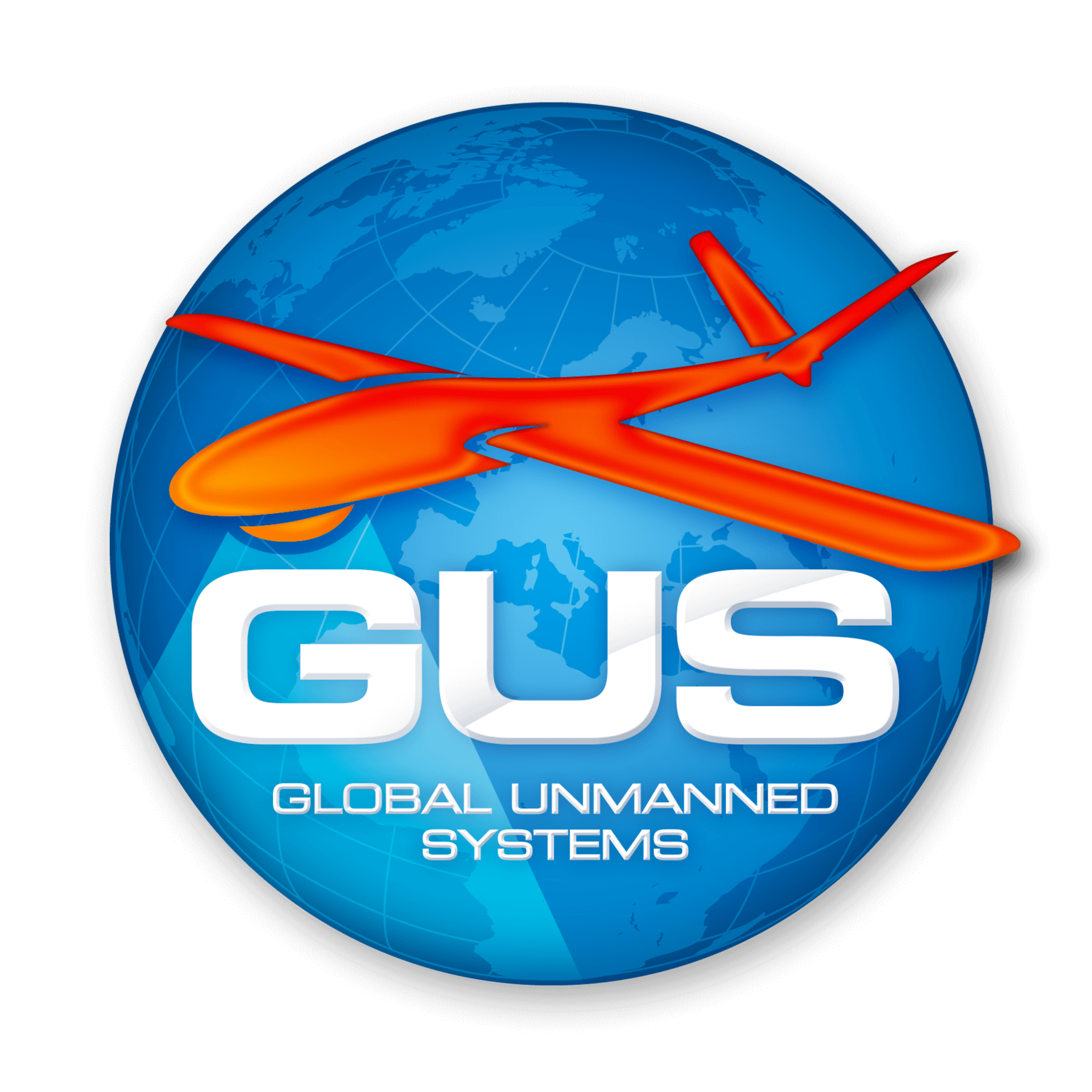Project: Australian Sea Lion colony monitoring, Bunda Cliffs, South Australia
Department for Environment and Water (DEW) South Australia
Ongoing since 2017
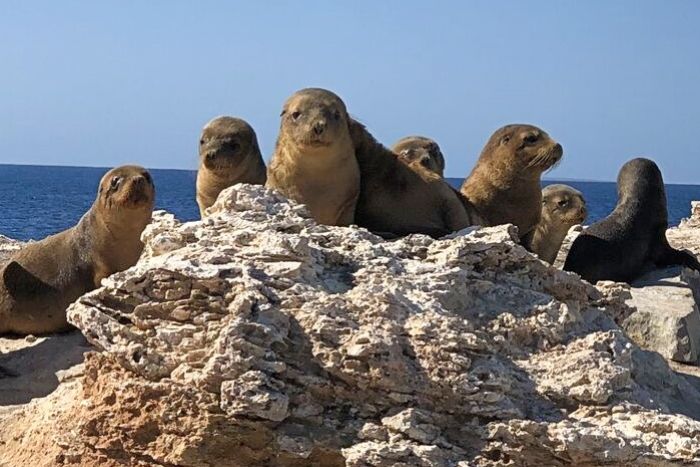
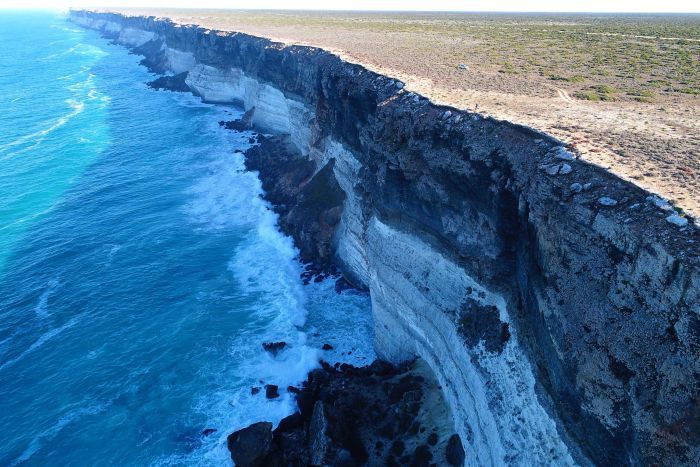
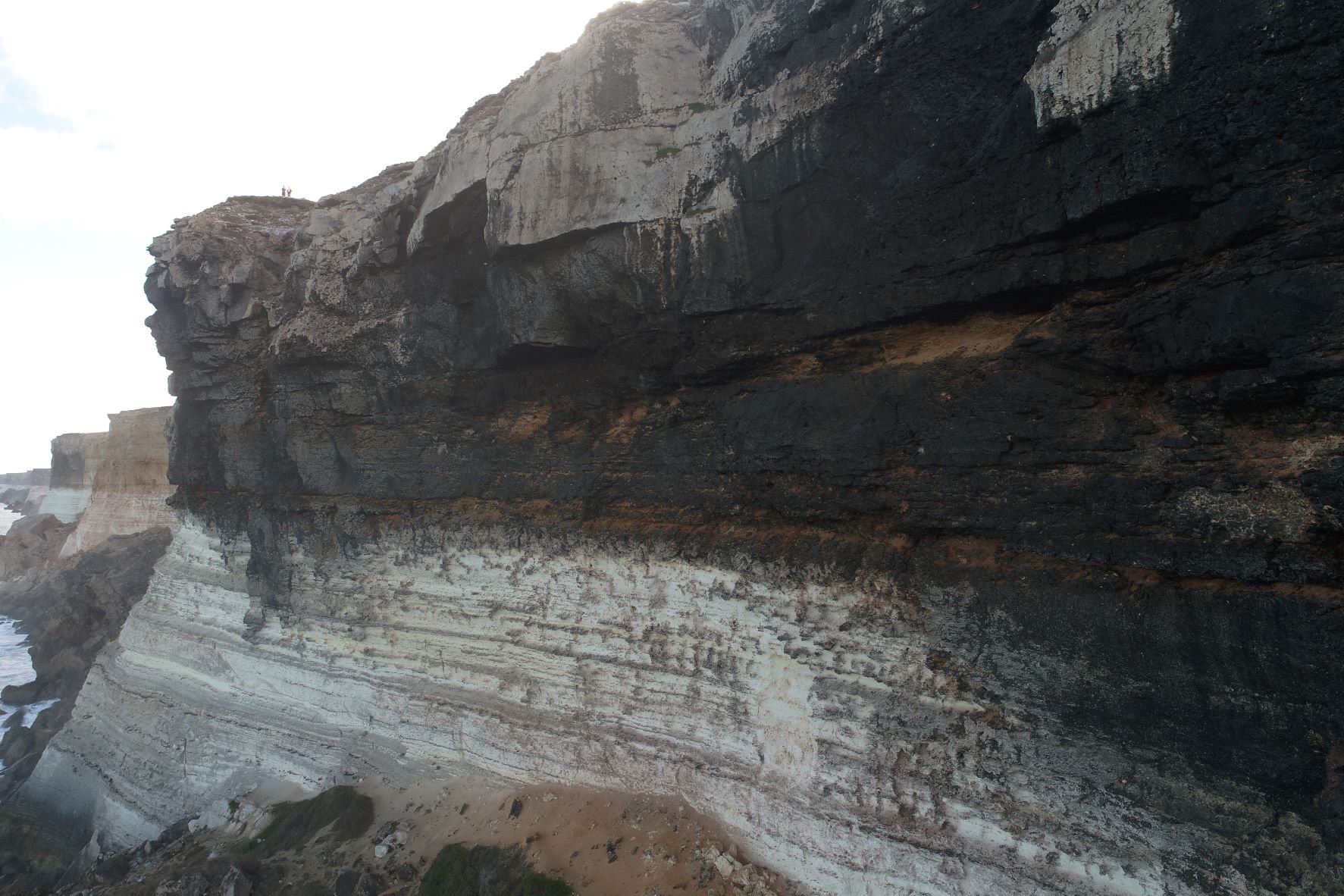
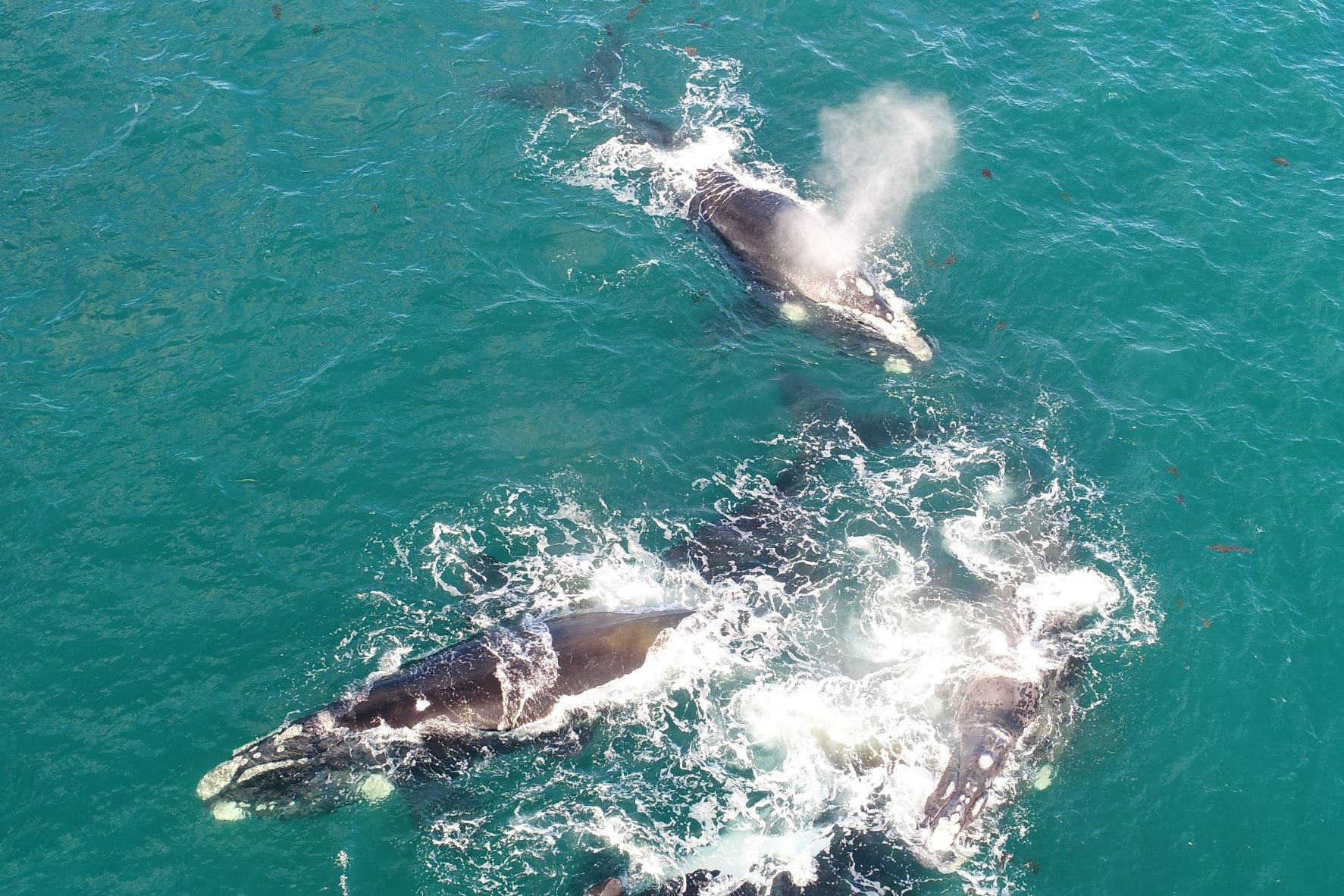
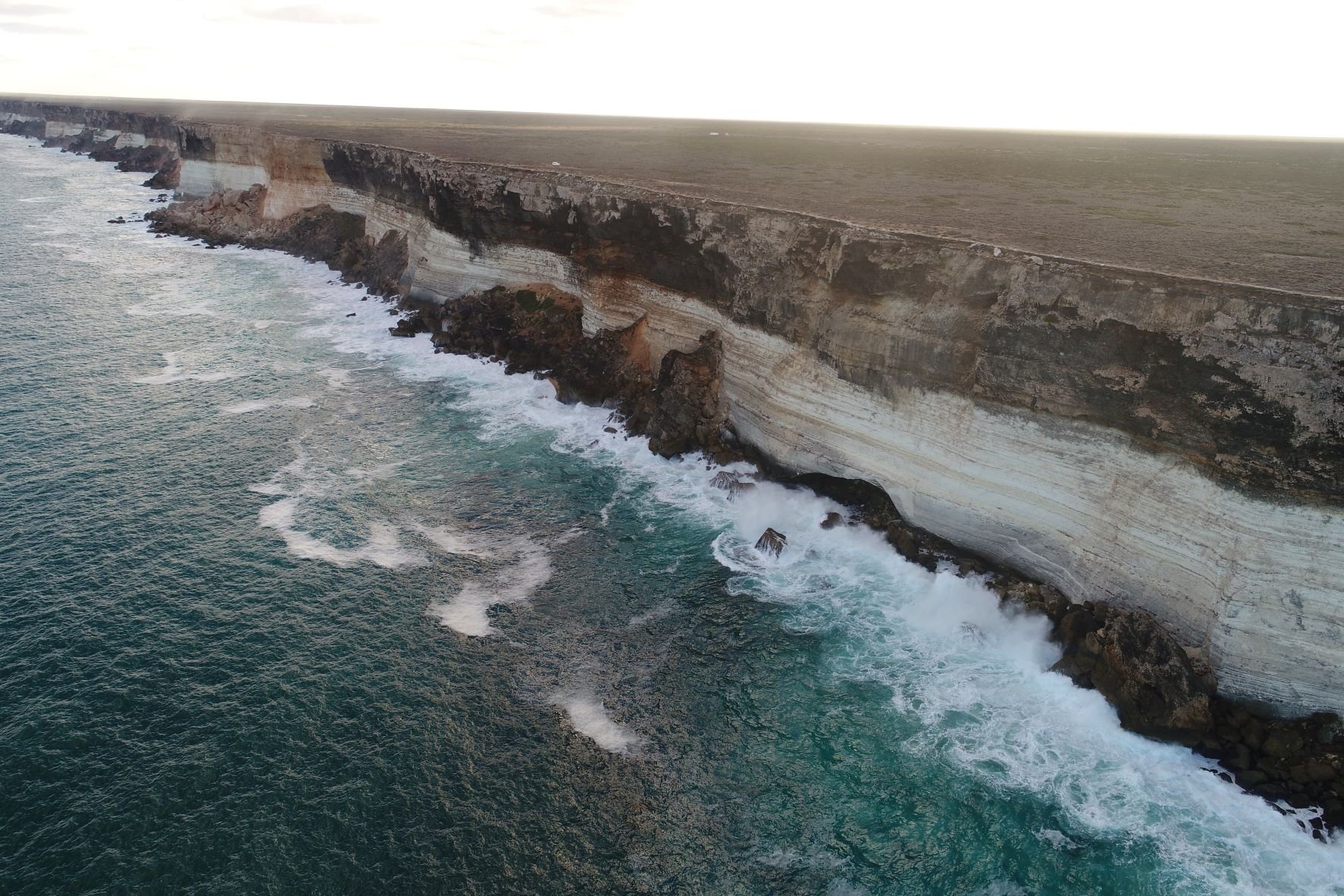
South Australia’s Department for Environment and Water (DEW) is the state government organisation responsible for conservation of national parks and marine sanctuaries.
In 2017, DEW approached GUS to develop and implement a remote sensing program using drones to cost-effectively manage their marine parks.
This work was initially centred on the monitoring of endangered Australian Sea Lion colonies in the Great Australian Bight Marine Park. The Australian Sea Lion is the country’s rarest seal species. Each colony of sea lions is monitored by marine park managers to assess the effectiveness of protection efforts. The counting of sea lion pups born in each breeding season is critical to the conservation of these vulnerable animals.
Sea lion colonies live a fragile existence at the base of the 100-metre high Bunda cliffs along the coast of South Australia’s Great Australian Bight. The area is extremely remote and inaccessible. In the past, park managers would survey colony populations by peering over the edge of the cliffs using binoculars. These steep cliffs are at risk of constant rockfalls and landslides, making it dangerous and difficult to visually access the sea lions using this method.
GUS identified the appropriate drones and technology to apply to this unique situation and implemented operations manuals and procedures to ensure best practice compliance. Our team trained marine park personnel to safely use drones in this high-risk environment. GUS also trained and mentored staff to map and model colonies using 3D modelling software.
Using drones, from the safety of the clifftops, park managers can now “see” around headlands, behind rocks and into caves in order to more accurately count and classify the animals. By conducting multiple surveys through each breeding season, they can collect accurate data detailing how many pups each colony is producing each year.
This improved survey protocol has led to an estimated 400% more sea lions being counted. This work has resulted in what has been described as a breakthrough in sea lion colony management and could help preserve the species in the future.
Over time, the program has evolved to include development of a machine-learning capability to more rapidly identify sea lions in imagery datasets to generate improved time efficiencies in surveys.
Recently a documentary film which features the plight of the rare Australia sea lions has been released in IMAX theatres in Australia, the USA and Canada. “Sea Lions: Life by a Whisker” showcases the use of drones to survey sea lions and features personnel GUS trained. The film is narrated by Sam Neill and has received several film industry awards.
GUS continues to support DEW on an ongoing basis with Remote Pilot Licence (RePL) training and mentoring across a range of applications including using drones for project reporting, media and stakeholder engagement, fauna monitoring and vegetation monitoring.
More recently, GUS has led a feasibility study on behalf of DEW and the Commonwealth Government into using larger drones for more cost-effective surveys of marine protected zones in selected areas of South Australia. This involved preparing a submission for in-principle approval with CASA for Beyond Visual Line of Sight (BVLOS) flying.
